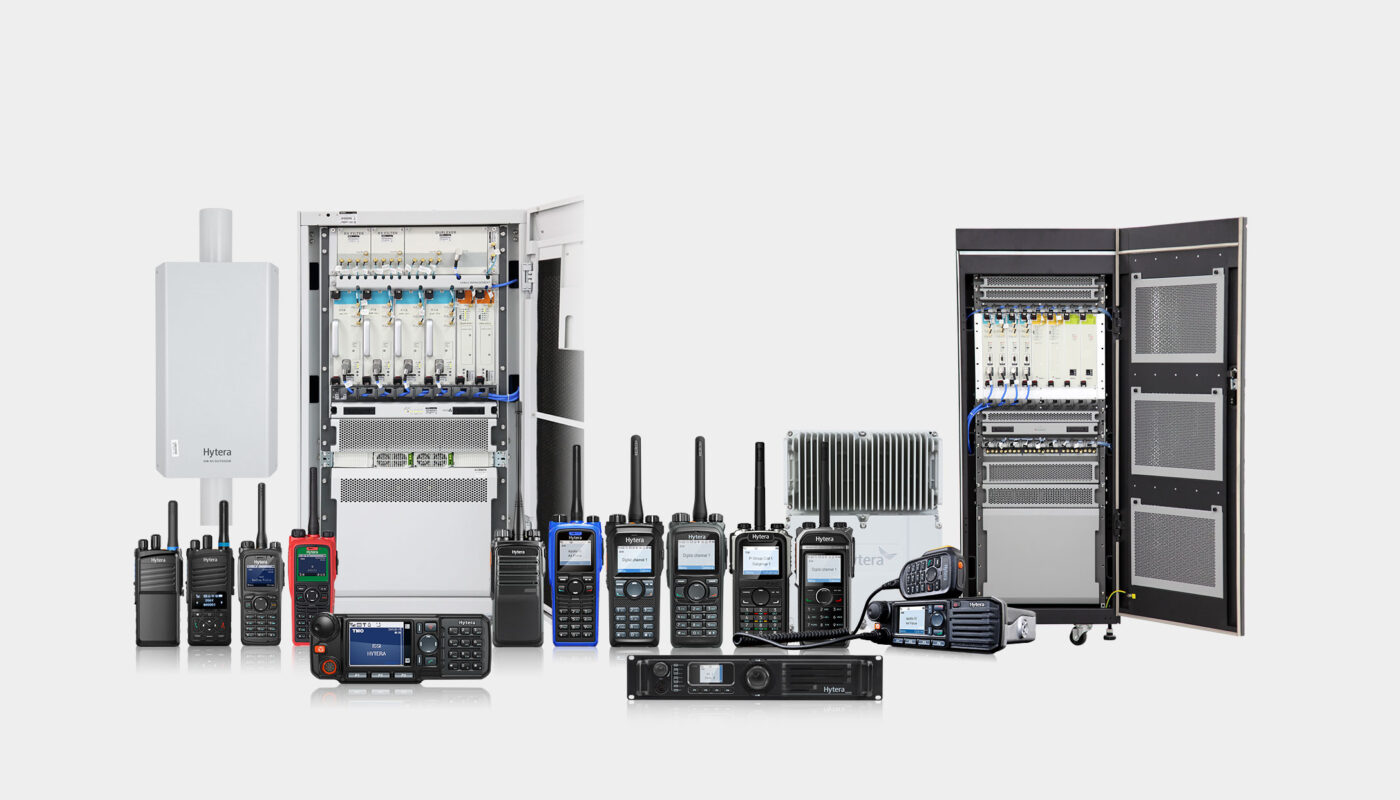History and Development of TETRA
Terrestrial Trunked Radio (TETRA) was first developed in the 1980s as a digital mobile radio system designed for use by governmental agencies, emergency services, transport providers and other users requiring secure, reliable communications. A European Telecommunications Standards Institute (ETSI) standard published in 1995 set specifications for TETRA systems to ensure compatibility between different manufacturers’ equipment. Since then, TETRA has gained widespread adoption across Europe and in other parts of the world for its resilience and security.
Key Features of TETRA Systems
Terrestrial Trunked Radio Systems offer a number of enhancements over earlier analog radio networks. One major benefit is a digital trunked network architecture that allows frequency channels to be shared between users rather than assigned individually. This trunking capability enables better utilization of limited radio spectrum. TETRA also provides features like discrete 4-level privacy and encryption to ensure only intended receivers can understand transmissions. Voice and data messages on TETRA networks can be sent either directly to another radio user or by broadcasting to an entire group of subscribers simultaneously. For safety-critical applications, TETRA includes functionality like caller identity, remote unit disabling and global navigation satellite system location tracking of portable radios. Its networking capabilities allow centralized management and control of large, geographically dispersed radio systems through a standard protocol interface between network components.
Applications in Public Safety and Transportation
Due to its security, resilience, trunking efficiency and interoperability attributes, TETRA has seen widespread take-up for applications where failsafe communications are essential. Emergency services including police, fire departments and ambulance services across Europe rely on TETRA radio systems for mission-critical voice and data transmission. Utilities, oil/gas operators and airports have also deployed TETRA networks to coordinate field work and resource dispatching over large industrial areas and facilities. In transportation, rail and metro systems commonly use TETRA to link drivers, station staff, control centers and maintenance crew across potentially expansive track infrastructure. Seaports and warehouses benefit from voice and short messaging capabilities on their TETRA networks to direct cargo handling and personnel activities. The technology has proven itself in supporting coordinated emergency responses across city, regional and even national boundaries through standardized protocols.
Growth of TETRA Outside Europe
Initially focused on European standardization, TETRA system sales have grown well beyond Europe in recent decades. Many countries in Asia Pacific, Latin America, Africa and the Middle East have selected TETRA for mission-critical communications in public safety, utilities, transportation and other vertical markets. For example, nationwide public protection and disaster relief (PPDR) radio networks in countries like South Korea, Taiwan, Malaysia and UAE were built on the TETRA platform due to its proven reliability and scalability. Even in areas with existing Land Mobile Radio or trunked systems, TETRA is gaining traction as a next-generation digital replacement offering enhanced features, interoperability and broadband data capabilities. Manufacturers see opportunities to promote TETRA upgrades globally as older technologies are phased out and users demand integration of voice, video and sensor information across response teams. International standards further ease the adoption of TETRA across borders and allow devices to roam seamlessly across compatible networks worldwide.
Transition to Future Standards
While TETRA remains firmly rooted in many industries today, development continues on new standards to extend its capabilities into broadband data, Internet Protocol connectivity and integration with commercial cellular networks. The TETRA enhancement project, known as TETRApol, defines ways to efficiently transport broadband applications like video surveillance, database queries and location-based services on the same TETRA infrastructure. Meanwhile, technologies like TETRA + LTE integrate public protection LTE and commercial LTE networks with traditional TETRA systems for capacity and coverage enhancements. Standards bodies have also specified interworking between TETRA and broadband technologies like Wi-Fi and 5G New Radio to leverage existing spectrum and deployments while paving the way for next-generation services integration. These initiatives aim to maintain TETRA systems’ relevance by providing smooth pathways to the new era of mobile broadband and Internet of Things connectivity in public safety and industrial applications.
Since its European standardization in the 1990s, terrestrial trunked radio has grown into a dependable technology worldwide for digital mobile communications. Its proven capabilities in secure, trunked voice and data transmission make it well suited to the demands of public protection, disaster relief, transportation, utilities and other industries. Ongoing enhancements and integration with broadband cellular standards are helping ensure the longevity of TETRA systems while also preparing them for the future of converged voice, video and sensor-based applications. With adoption across government agencies and enterprise verticals globally, TETRA’s benefits are understanding communication in critical situations.



